Ferdinand BARBEDIENNE (1810-1892) successfully introduced the enamel technique at the end of the 1850s. After a few trials with independent enamellers, he collaborated with Alfred Serre for painted enamel and Fernand Thesmar for cloisonné enamel. Our plate is a fine example of the important manufacturing that Barbedienne developed in the 1870s and 1880s, at a time when luxury enamelling on precious metals was experiencing a real craze. The motifs of flowers and insects are found on a series of similar pieces, combining classic forms and decorations of oriental taste, in particular on a cup kept at the Musée d'Orsay, in Paris and on another kept at the Walters Art Gallery, in Baltimore.
André-Fernand THESMAR (1843-1912) began his career as a painter of flowers, meticulously copying the reality of nature, after having been trained in industrial design in a fabric printing factory in Mulhouse. His naturalist talent brought him to notice in 1872 by Ferdinand Barbedienne. He will then succeed Tard as head of enamel production at Barbedienne. The creations of Thesmar and Barbedienne reflect their interest in the techniques and decorative compositions of Japanese enamel. At the Salon of 1875, Thesmar exhibited two large compositions in enamel on copper, one of which represented a wader with water lilies and bright yellow irises.
See F. Rionnet "Les Bronzes Barbedienne, l'Oeuvre d'une dynastie de fondeurs (1834-1954)" page 39, fig 29 for a comparable ornamental cup in gilded bronze and cloisonné enamel in the Musee d'Orsay, Paris (Inv. OAO 1384).





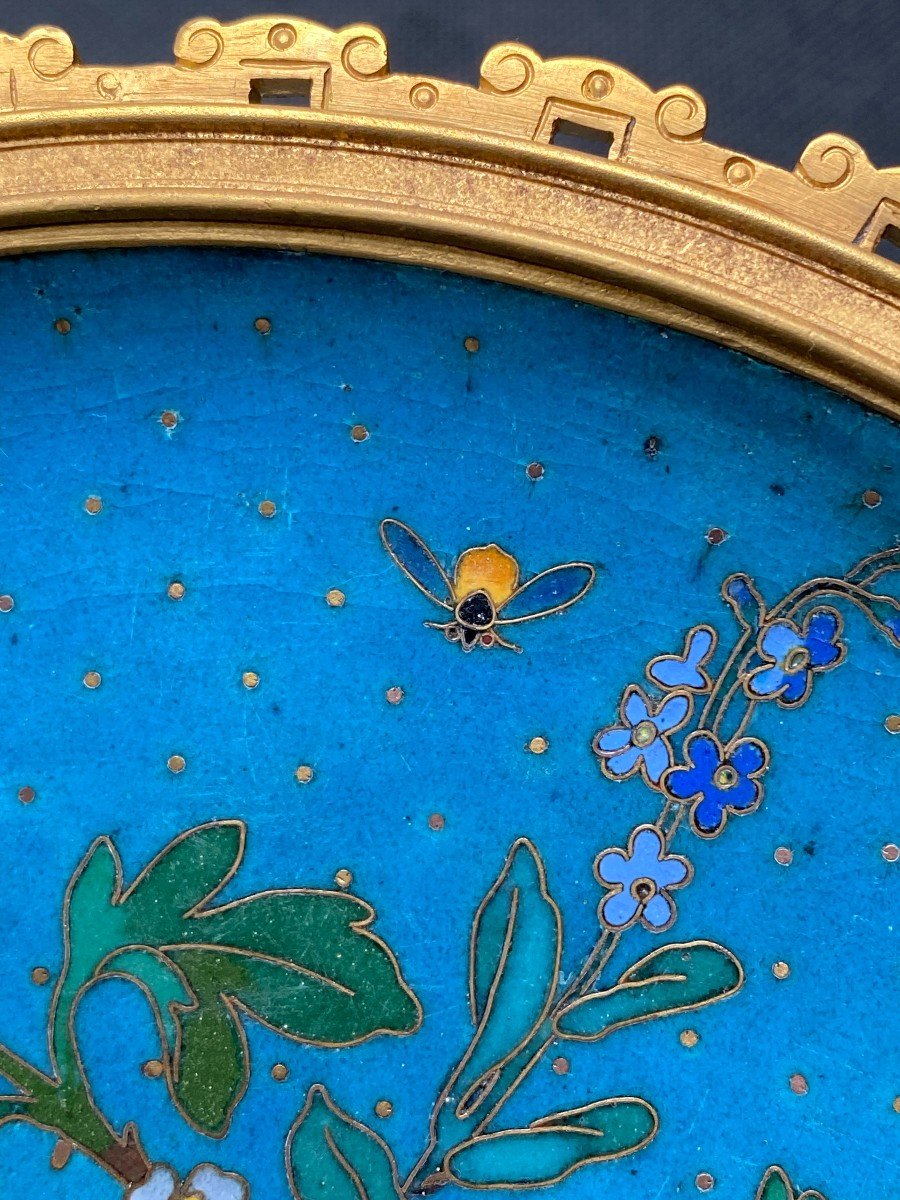
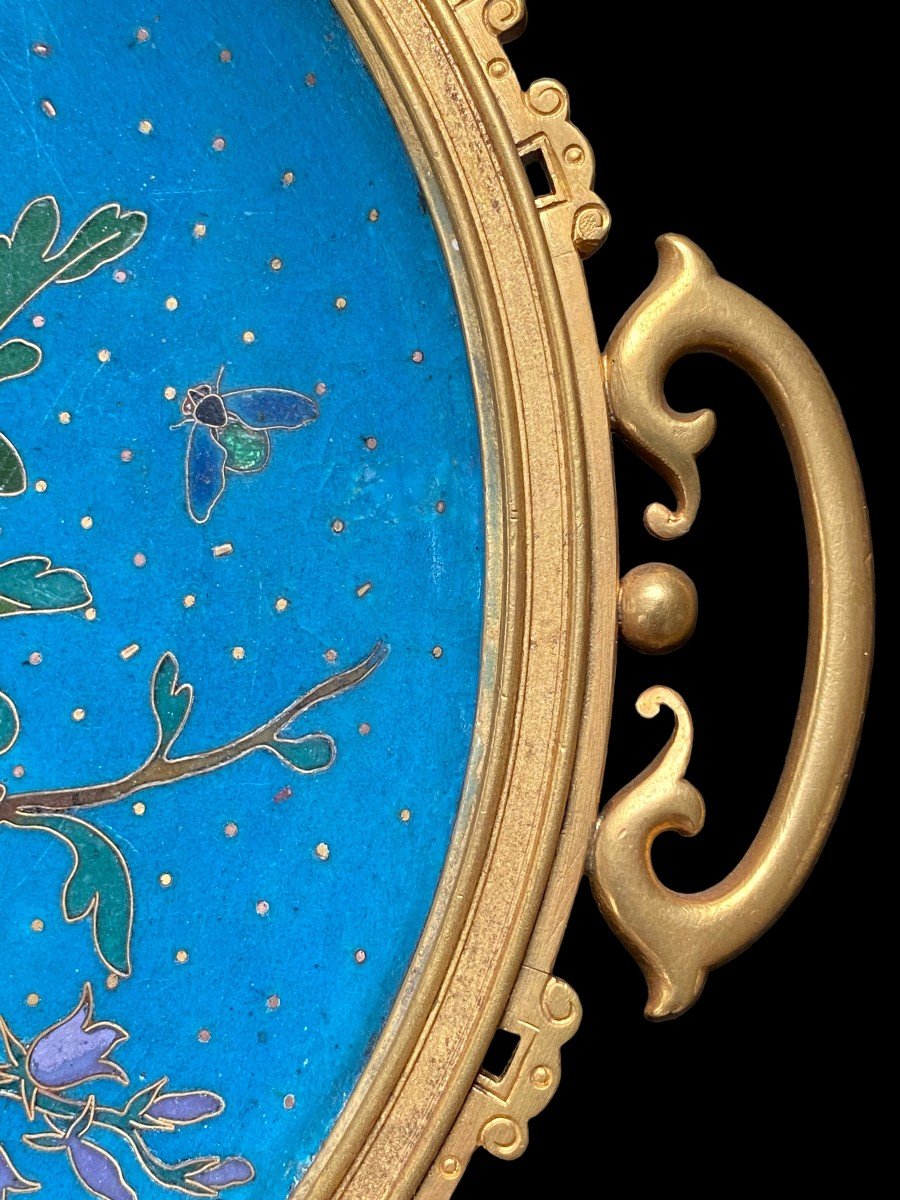
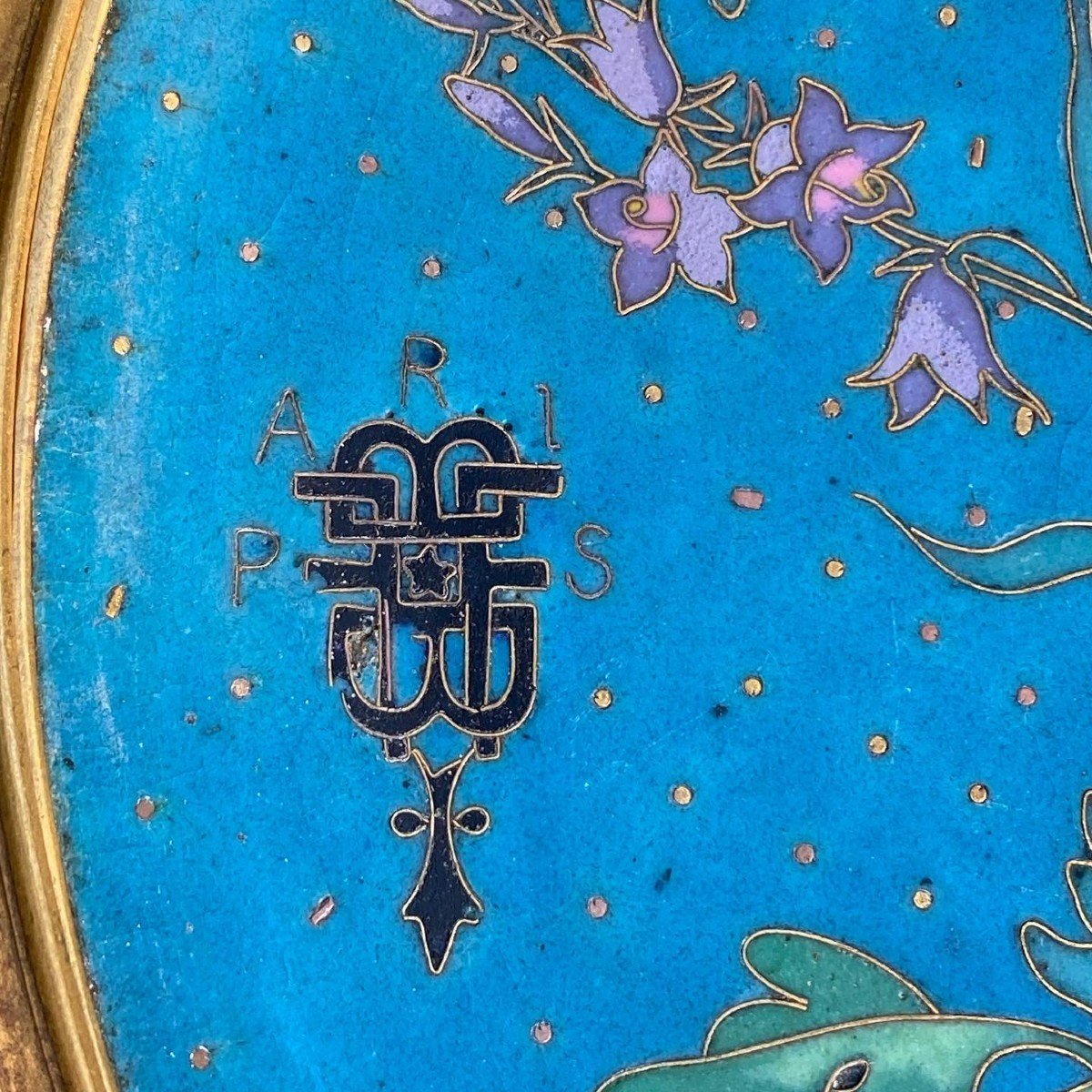
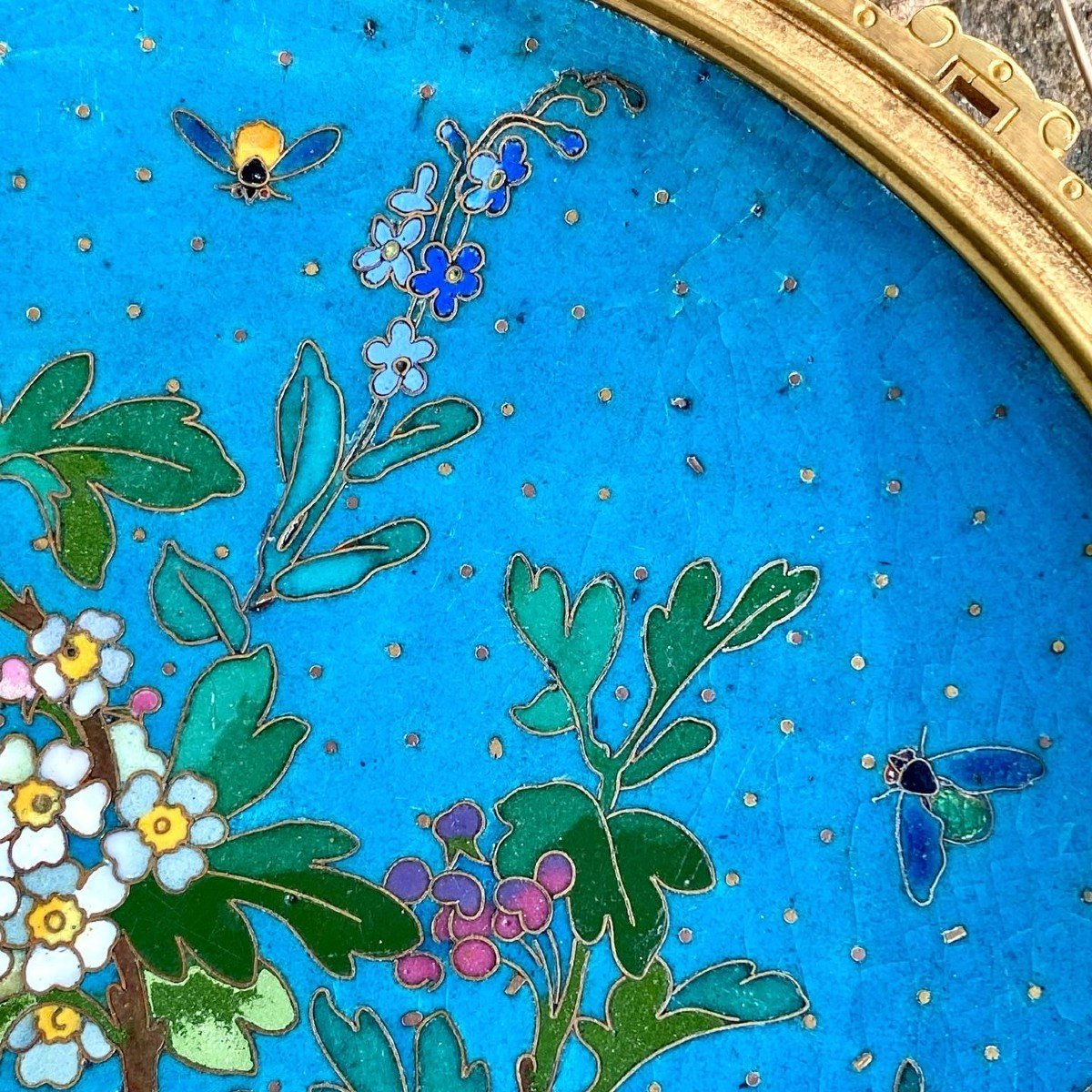


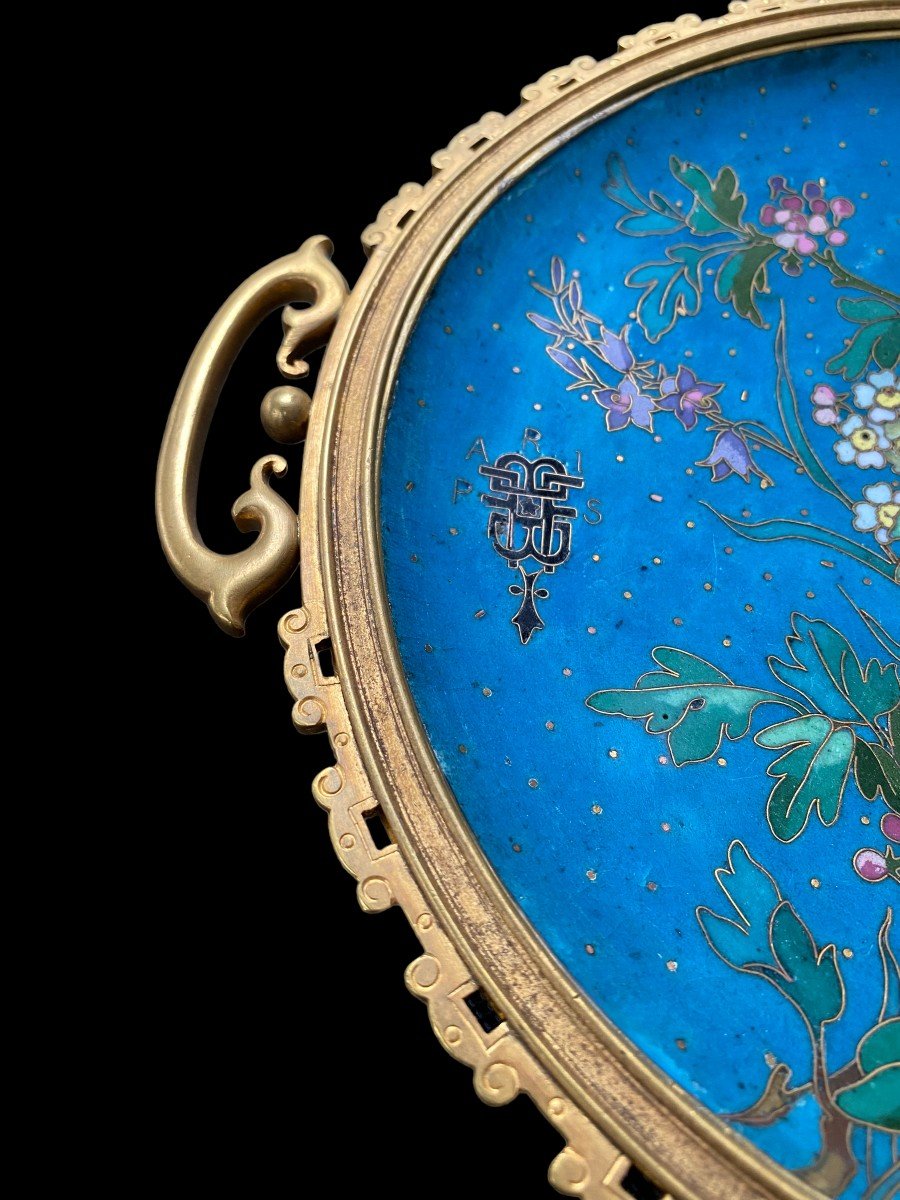


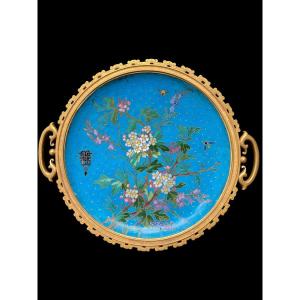
















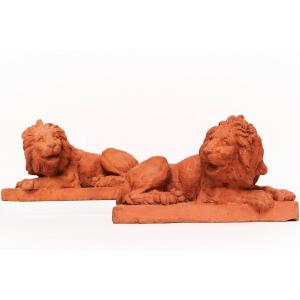

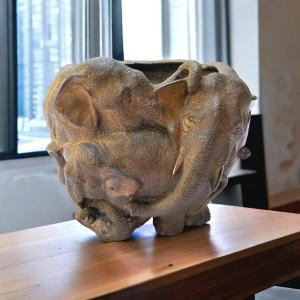

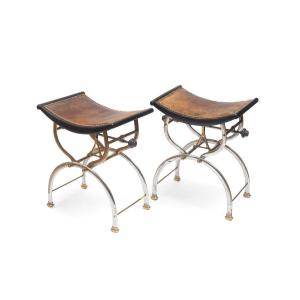




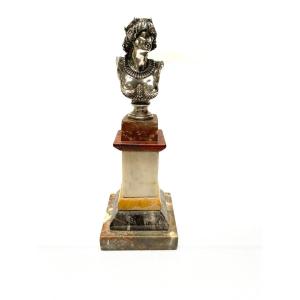
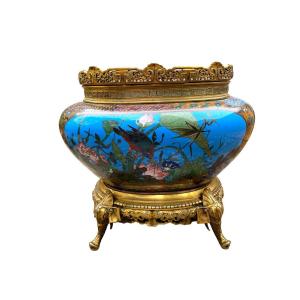

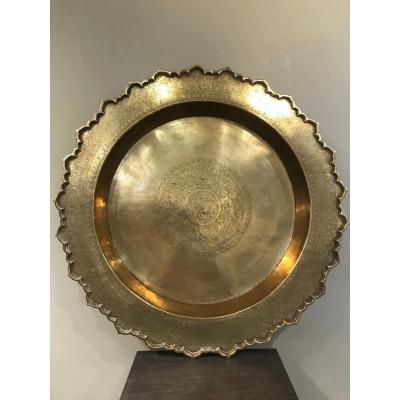






 Le Magazine de PROANTIC
Le Magazine de PROANTIC TRÉSORS Magazine
TRÉSORS Magazine Rivista Artiquariato
Rivista Artiquariato